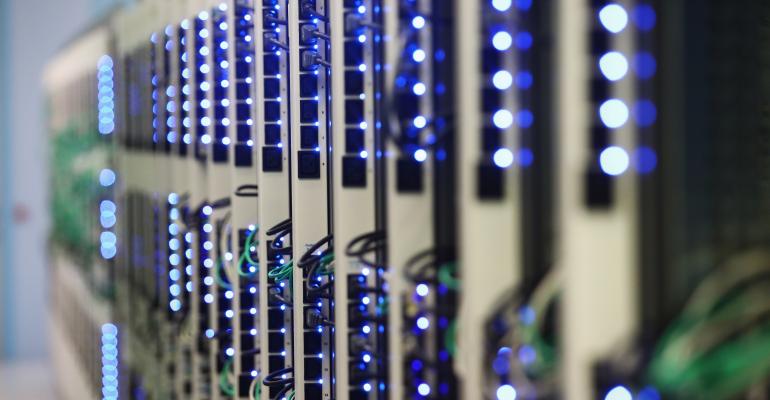
The rising demand for power is forcing data centers across the globe to undergo major changes; it’s estimated that 47% of all servers sold are expected to go to hyperscalers by the year 2020. Hyperscaling defines the increase in rack-power density — more servers and hard drives are placed into a single data rack to produce greater speeds and storage densities.
As a result of this increased load, power consumption has skyrocketed; whereas electronics rack consumption used to be between one and three kilowatts, it now sits at between 6 and 13 kilowatts per server cabinet. The main problem data facilities face is keeping these extremely expensive server racks temperature controlled; logically, the more power they’re generating and using, the more power it’s going to take to keep them cool. Although the more basic cooling systems (such as hot and cold aisle containment solutions) are certainly better than nothing, more advanced techniques will be required to keep up with such power and heat.
- Natural convection: This system can be used to move air through a well-designed facility. Cold air falls to the floor and warm air rises, so overhead chilled air service to the cold aisles can be circulated to the ceiling and then pushed or pulled through the IT systems.
- Adiabatic cooling: Adiabatic cooling relies on reducing heat through a change in air pressure caused by volume expansion. The process makes efficient use of water and electricity via “free cooling” methods (low external air temperatures chill water, which can then be used in industrial systems).
- Liquid cooling: When the IT cabinet power and thermal density exceed the cooling capacity of the air flowing through it, liquid cooling is the ideal choice. Immersion cooling is its most recent innovation; the IT hardware is placed directly in a liquid cooling medium, allowing the maximum thermal transfer rate to take place and maximize the power density.
Hot and cold aisle containment solutions can only do so much, especially in this brave, new, power-hungry world we live in. As we continue to demand higher storage capacities and faster speeds, we’ll need to look to more innovative energy-efficient cooling systems.
